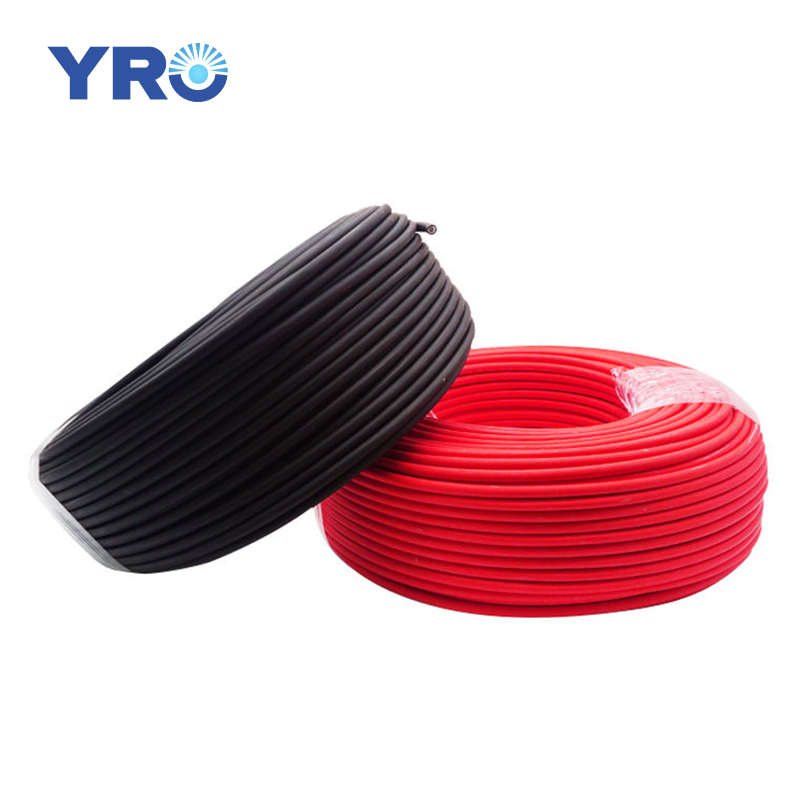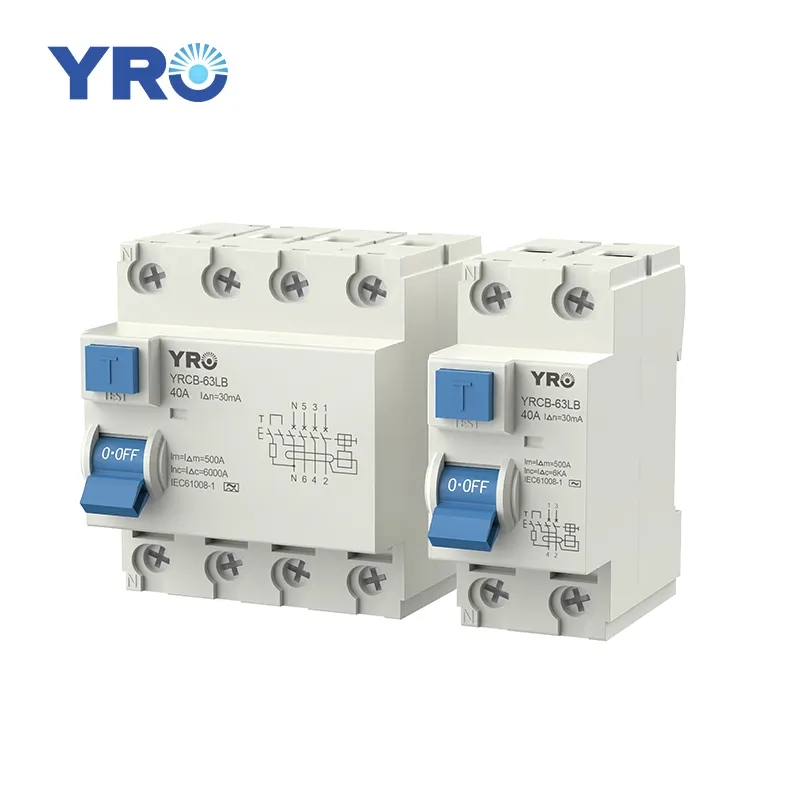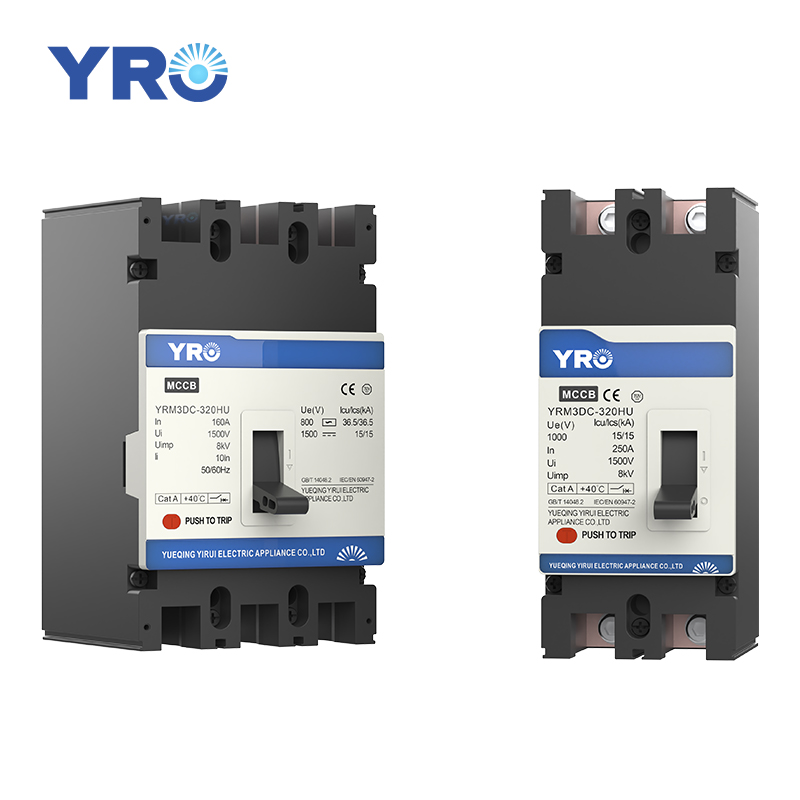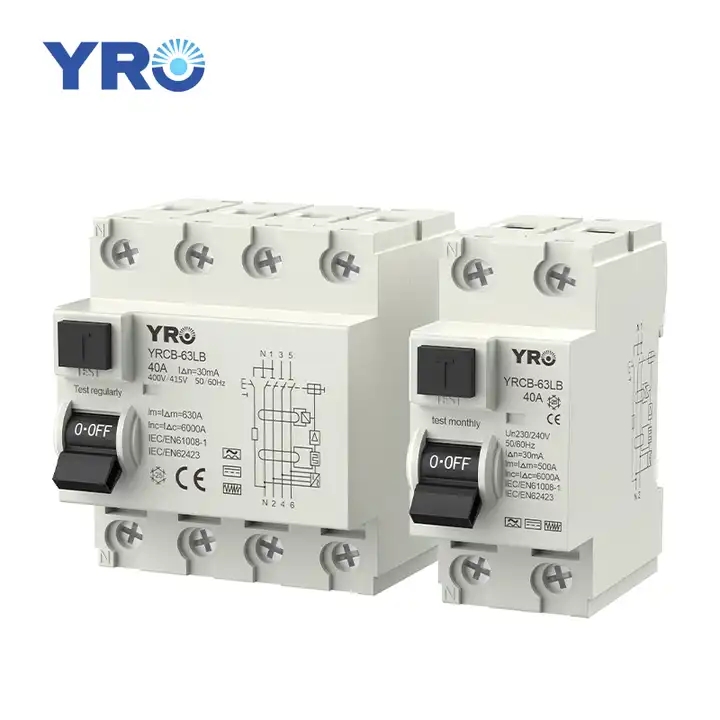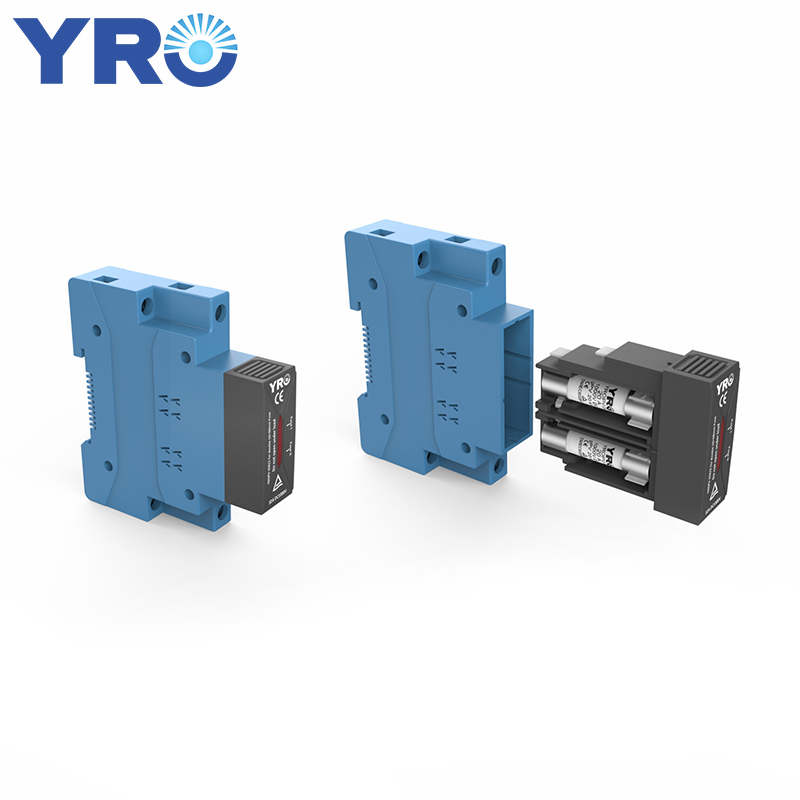As of 18:17 Central time on March 27, 2025, the COMEX market copper futures price has been rising. As recently as March, copper futures prices strongly hit a high of $5.2770 / lb. What impact will this round of rapid rise in copper prices have on the power industry?
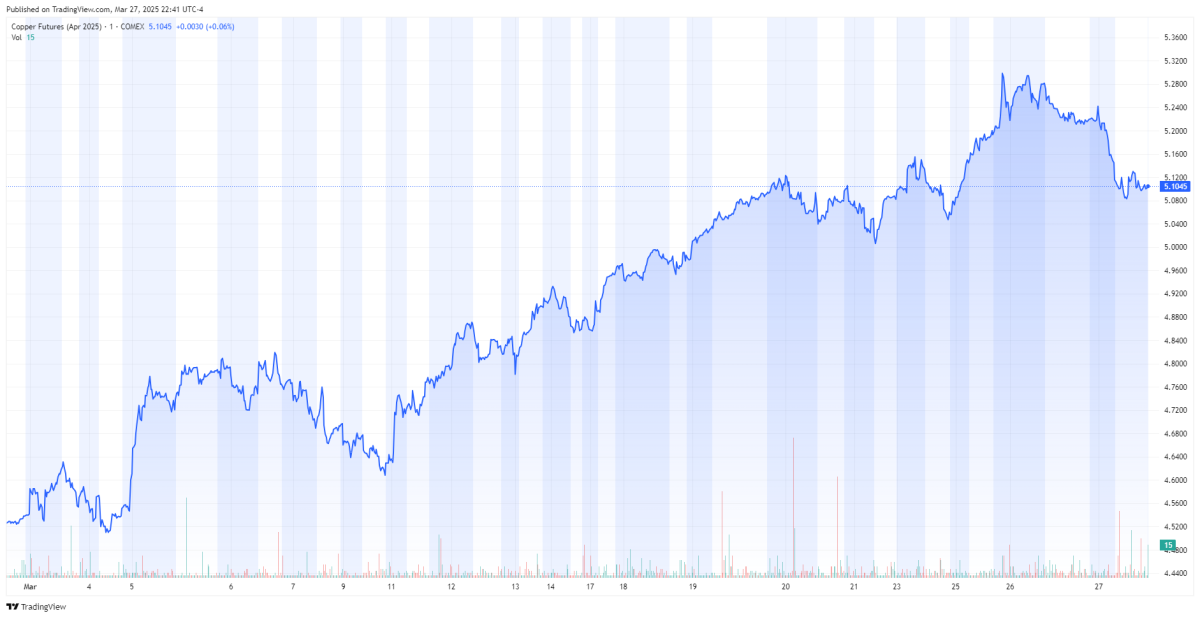 Why Is Copper Price Rising Rapidly?
Why Is Copper Price Rising Rapidly?
I believe many friends who deal with copper know that since March, the price of copper has risen rapidly to 81,000 yuan/ton, calculated at the exchange rate of 7.2, that is, 11,250 US dollars/ton, and the price of copper has risen, mainly affected by various factors:
1. the Federal Reserve interest rate cut expectations
Market expectations that the Fed may speed up the pace of interest rate cuts, leading to pressure on the dollar index weaker. Since copper is priced in dollars, a weaker dollar directly increases copper’s financial attractiveness. At the same time, interest rate cuts are expected to stimulate industrial activity and indirectly boost copper demand.
2. Impact of US tariff policy
The Trump administration plans to impose 25 percent tariffs on European cars and other goods, and launch a “232 investigation “into copper, raising concerns about supply chain security. In order to avoid potential tariff costs, downstream manufacturers in the United States have stockpiled copper materials in advance, leading to the widening of the price gap between London copper and New York copper, accelerating the flow of short term copper resources to the US market, and exacerbating the imbalance in global inventory distribution.
3. Supply disturbance in main producing areas
The ongoing closure of the Panama copper mine, coupled with labor strikes and production disruptions in some mines in Chile and Peru in early 2025, led to a decline in copper mine production. The shortfall on the supply side is in stark contrast to the rapid growth in demand, further pushing up copper prices.
4. Demand growth
Increasing global investment in renewable energy and electric vehicles, has led to a surge in demand for conductive materials such as copper. In 2025, countries in the process of promoting green transformation and low carbon economy, infrastructure and power system upgrade projects increased, which directly stimulated the consumption of copper.
To sum up, the current rise in copper prices is the result of macro policies, trade games, industrial transformation and the resonance of financial attributes.
How Does It Impact the Power Industry?
1. Rising cost of infrastructure construction
Copper is the core raw material for electric power facilities such as cables, transformers and switchgear. A cable, 80% is made of copper, if every price increase of $1,430, then the cable cost increases by 10%. As copper prices rise, the cost of new and upgraded power grids, transmission and transformation equipment will also increase, affecting the overall project budget and return on investment.
2. Inhibit investment and upgrading of power grid construction
Utilities may delay or scale back grid investments due to cost pressures. For example, higher copper prices have led to budget overruns for grid upgrade projects and new power facilities, which in turn affects the stability and reliability of electricity supply.
3. affect the industry profit and competition pattern
Small and medium sized power equipment enterprises may face survival difficulties due to cost pressure, and industry concentration may increase. Large companies can mitigate the impact through economies of scale and technological innovation, such as improving copper utilization.
The impact of higher copper prices on the power sector is multi-dimensional: it directly pushes up production costs and discourages investment, but also forces technological innovation and industry consolidation. At the same time, the power industry as an important area of copper demand, its development and copper prices form a mutually restrictive relationship.
How to Determine Copper Quality?
In the absence of professional testing instruments, how to judge the quality of copper according to the appearance and simple tools?
I. Appearance
1, pure copper (copper) : The surface should show a uniform purple or rose red, polished with metallic luster. If the surface is black, blue or gray, it may be poor quality due to high oxidation or impurity content.
2, brass (copper zinc alloy) : high quality brass color is light and uniform, poor quality may be doped with other metals resulting in color mottling.
3, coated copper: the surface should be uniform silver white, no pitting or peeling
4, smoothness: touch the inner and outer walls by hand, the surface of high quality copper is smooth without burrs, sand holes, cracks or oxidation layer peeling.
5, scratch test: with hard objects (such as keys) lightly scratch the surface, if the internal and external color is consistent (such as red copper), indicating uniform material; If the color difference between inside and outside is large, it may contain impurities such as iron.
Ⅱ. Weight comparison
Of the copper pieces of the same specification, the larger weight is usually higher in purity.
Ⅲ. Magnetic identification
With a magnet close to the copper material, pure copper is completely non-magnetic attraction, if it can be slightly attracted, it may contain iron. (This method can only exclude iron containing copper and cannot completely verify the purity)
As copper prices rise, every penny needs to be spent wisely. The above methods can be used to roughly assess the quality of copper in the absence of professional instruments. The photovoltaic cables sold by YRO have CE certification, and as the weather gradually gets hotter, the purchasing demand from wholesale customers continues to grow. Many customers will choose to buy back after the first purchase, fully recognizing the stability and reliability of the product.
